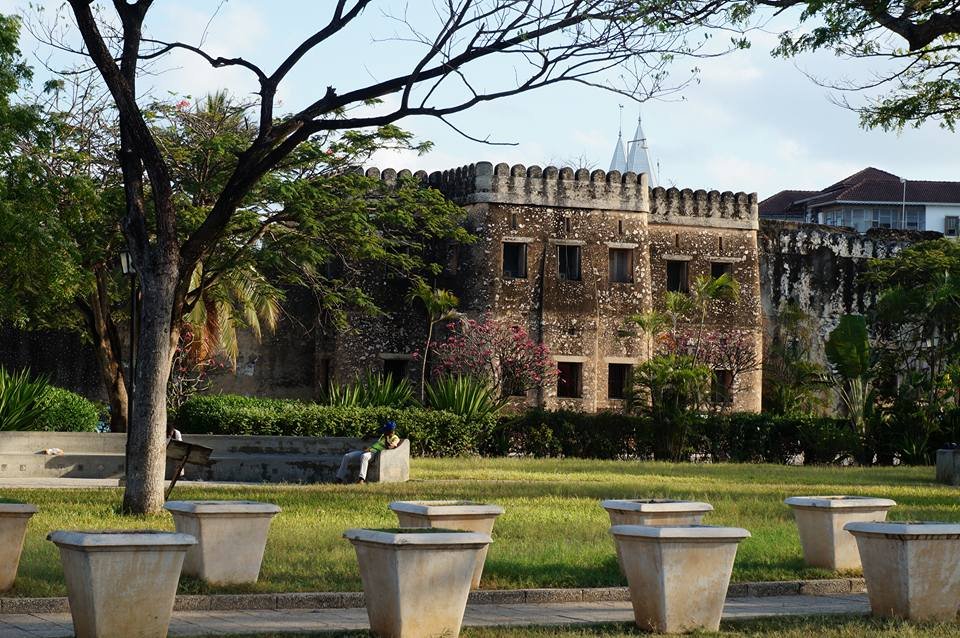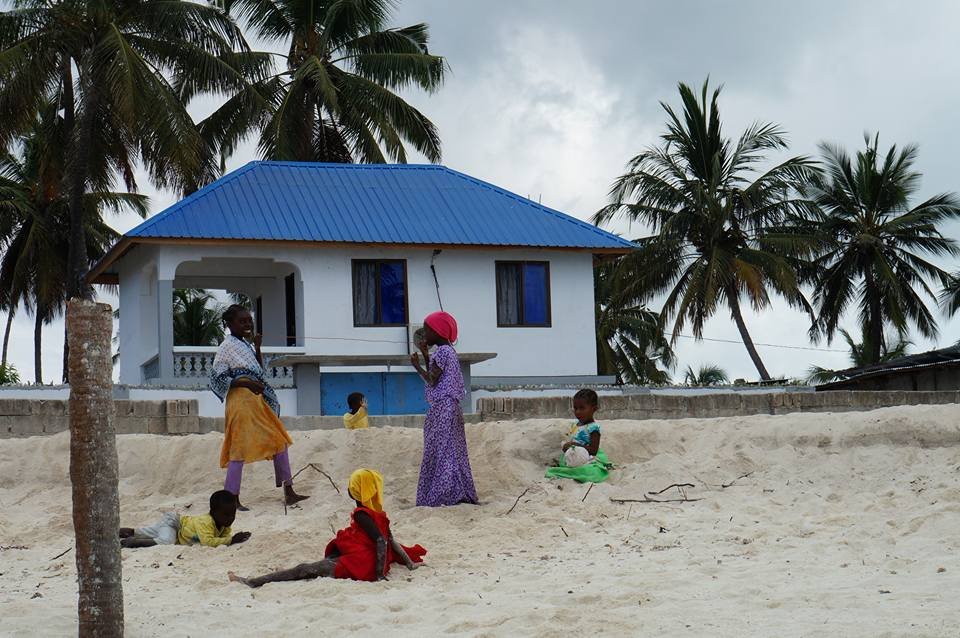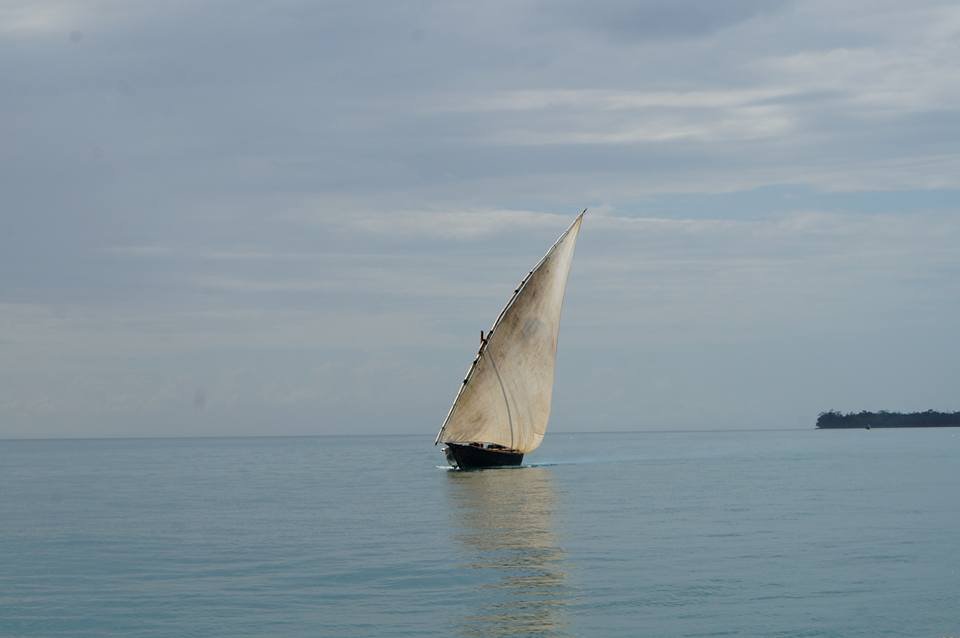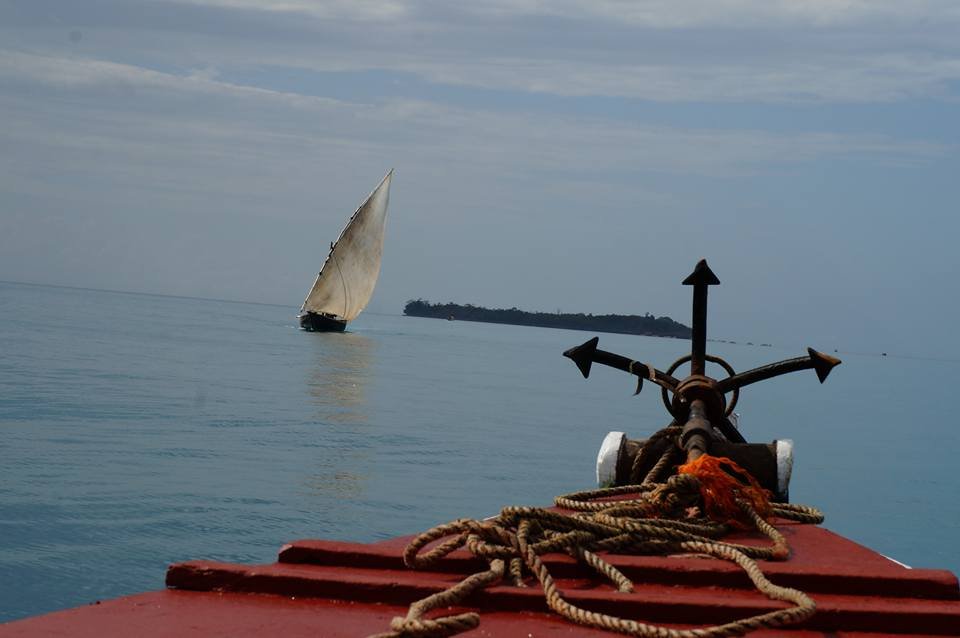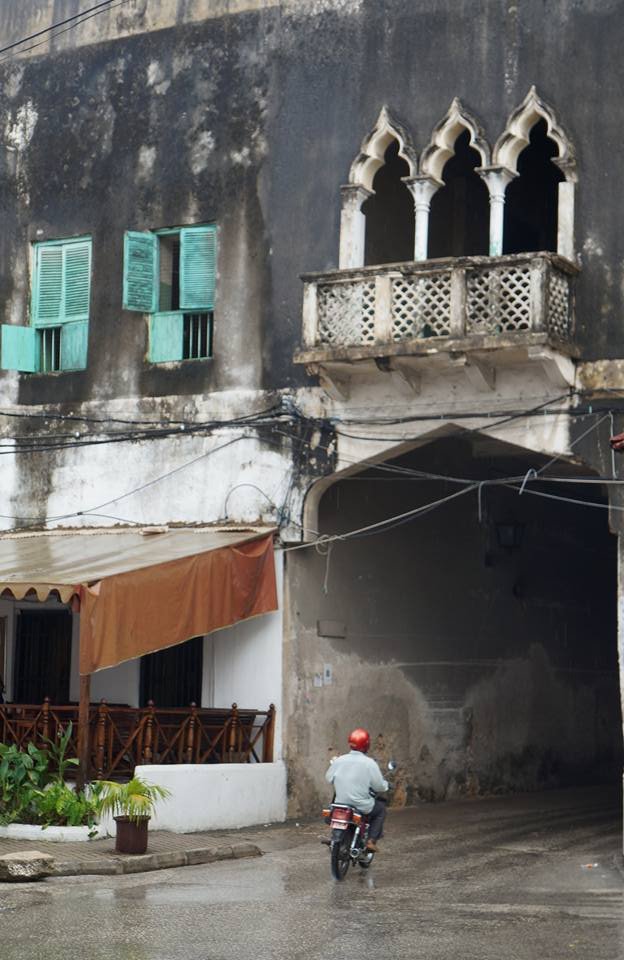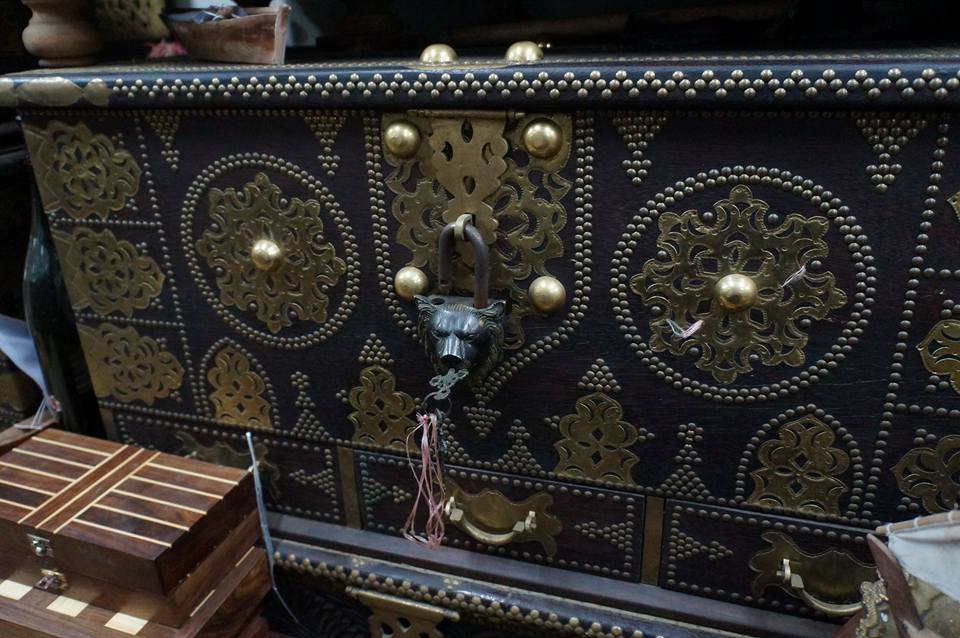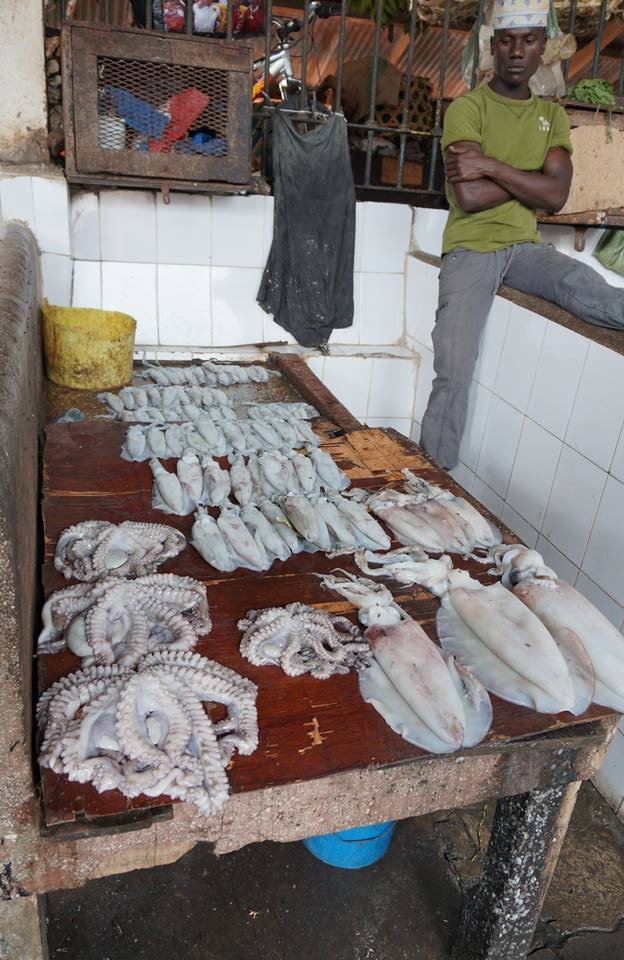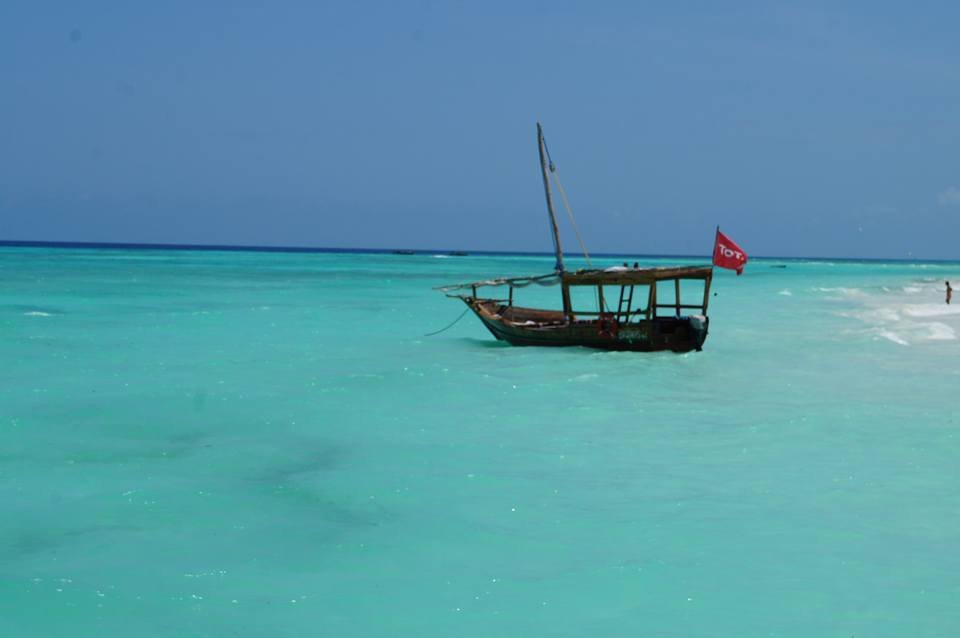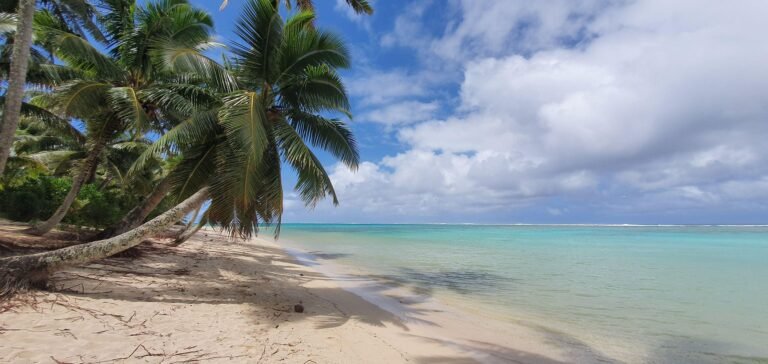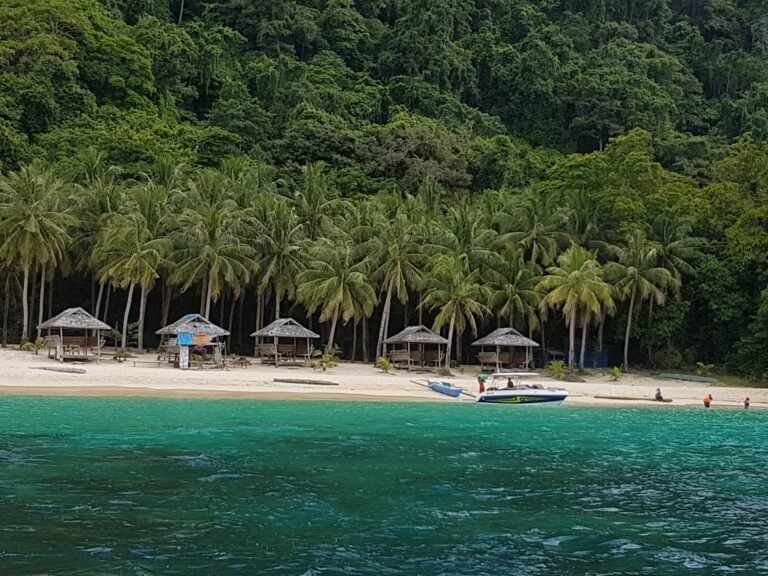The Zanzibar archipelago in the Indian Ocean has 3 islands: Unguja, Pemba and Mafia. Unguja is the main one, which is commonly known as Zanzibar. These islands were coveted throughout their history for their strategic position ideal for merchants who exchanged goods between Arabia, India and Africa. Its culture is a mixture, derived from the colonization by the Portuguese and British, as well as from the Persian and Arab merchants who passed through its coasts. These merchants, first Persians and then Arabs, called continental Tanzania Azania, ‘Land of the Negroes’, they trade especially spices, slaves and ivory, but eventually, they ended up founding colonies on the coasts. Zanzibar was the centre of the eastern slave trade between the 17th and 19th centuries. The British government prohibited the selling of slaves in the late 1800s.
Tanzania forms a large plateau, it has large lakes, a mountain range and an active volcano. The semi-arid climatic conditions of the north and the presence of the tsetse fly in the central and western regions has led the population to cluster in the rest of the country. The fly transmits a parasite that affects the blood and the nervous system, if left untreated it is lethal. Zanzibar is an archipelago of a coral origin with a maximum height of 130 meters above sea level. It’s the only place where the Zanzibar red colobus monkey lives, you will also find dolphins, rays, moray eels, lionfish and giant tortoises. In Tanzania you can find hippopotamuses, lions, pink flames in the lakes, it has an amazing fauna. The main industry in Zanzibar besides tourism and fishing is the production of spices (nutmeg, cinnamon, pepper and others), the coral soil does not help the development of agricultural activities. Tanzania’s economy is primarily based on agriculture: coffee, cotton, tea, and sisal (a plant used to make ropes). They also have diamonds, gold mines, and natural gas reserves.
The population is integrated by 120 groups with a Bantu origin, literacy is 78.2% (there is a high dropout rate at secondary school), only 66% of people have health services and the mortality is excessive due to AIDS. The birth rate is 4.77 children born per woman and the average life expectancy of the total population is 50 years. When you walk through the internal streets of the island you can see that many local families live in precarious conditions.
Zanzibar is part of Tanzania but has its own elections for president and everything is regulated from its own parliament. The Revolutionary Party and the philosophy of African socialism represent the majority. Mobilize prisoners between Tanzania and Zanzibar requires an extradition. The current laws are inherited by the British settlers, however, as the island is Muslim so the laws are strongly influenced by Sharia or Islamic Law.
TYPICAL FOOD
We share some typical dishes, ingredients and products so you can try them on your trip to Zanzibar. As in Kenya, choma (grilled meat) is a very popular dish/ Sarapatel (recipe of Indo-Portuguese origin combines meats in a slow cooking process with masala -a mixture of spices similar to curry-, tamarind and vinegar)/ Cassava, corn and pineapple were also incorporated by Portugal / On the coast you can find a selection of traditional Swahili dishes made with seafood, tuna, mackerel, lobster, squid, octopus and oysters. The traditional Bantu food also incorporated beans, sweet potatoes, cassava, yams and bananas/ The Omanis, Yemenis and Persians settled in Zanzibar brought new dishes and ingredients: spices, coconut, mango, citrus fruits and rice. The rice pilaf is an example (rice with coconut, nuts and spices, with an Arabian origin)/ The chutney (sweet and sour seasoning), the masala, biryani (basmati rice with meat, vegetables, spices and yoghurt), curry, fish cakes and samosas (meat or veggies pies of different flavors) are examples of the India influence.
Other typical dishes are the following: Spice cake (dough with a mixture of cinnamon, cloves, nutmeg and chocolate)/ Boko-boko (stew of meat cooked with corn, ginger, cumin, chili, tomato and onion)/ Hazelnut bread and date bread (it’s traditional to celebrate the end of Ramadan)/ Pilau meat (usually prepared with goose or cow meat, potatoes, onions, spices, coconut milk and rice)/ Shark with pepper sauce/ Pweza wa nazi (means «octopus and coconut »in Swahili language it is octopus boiled in coconut milk, curry, cinnamon, cardamom, garlic and lime juice)/ The national drink is Safari Lager beer, and the local liquor is a Lethal white rum, Konyagi.
ACTIVITIES OF INTEREST
– Beach: Zanzibar beaches are beautiful, do not miss the opportunity to enjoy them.
– Stone Town: Its capital is worth a visit, it’s called Stone Town because initially its constructions were made with stones
– Darajani Market with its fruit, vegetable and fish stalls.
– Visit the local markets (it is interesting to see how they bid to buy the catch of the day with the auction method, the one that makes the best offer, takes the fish).
– House of Wonders (Sultan’s Palace)
– Forodhani Park (Gardens in front of the palace)
– Inlaid carved trunks, carved knives and other local handicrafts that look like something out of a tale, they really worth a look.
– Old fort
– Freddie Mercury Museum
– Changuu Island Tour: On this visit, you will see beautiful giant tortoises imported from Seychelles. This Island functioned as a prison and as a quarantine centre, where they located all the yellow fever patients so that they did not infect the healthy population. Read the complete article and see the tortoises at Changuu Island Experience.
– Spice tour: There are several tours in which they show you the plantations of different spices and then you can buy their products. Keep in mind that coloured powders in precariously sealed bags will not pass through customs unless they are sealed and labelled for export. The customs officer does not know if you are carrying anthrax or an innocent ground root and your premium seasonings will end up in the garbage can -or at best in the kitchen of the customs official’s wife-.
– Mnemba Atoll (you can snorkel and dive to see rays, dolphins, turtles, lionfish and moray eels).
– Jozani Forest Reserve (where you can see the Tocon monkeys)
– Sail in a traditional Dhow
– Meet the exponents of the Masai tribe: You can talk to them on the island’s beaches, and there are restaurants where the Masai gather to eat that are open to the public, you can share a meal with them and learn more about their culture and habits. See Masai Tribe experience.
IMPORTANT
– Do not photograph inhabitants without their consent, or administrative buildings and members of the security forces.
– Wear shoes to avoid being hurt by the corals on the beach
– Most of the population is Muslims, the ideal is not to circulate with bare legs and shoulders, not to drink alcohol on the beach and avoid show excessive affection to your partner in public.
– Homosexual relationships are severely penalized: between women (6 years in prison) and between men (25 years in prison), so if you belong to the gay community, you better be as discreet as possible.
| Capital | Dodoma is the official capital of Tanzania however Dar es Salaam is the de facto capital. Zanzibar in Persian means “coast of the blacks”. It is also called the island of spices. Stone Town is the Capital of Zanzibar. |
| Vaccines | It is recommended to take anti-malaria pills |
| Language of Tanzania | Swahili and English. Arabic is very common in Zanzibar. In Tanzania, there are 127 languages. 90% of the population speaks the Bantu language; In addition, Nilotic and Cushite languages are spoken. Swahili is the official national language, used as the administrative language. |
| Currency | – Tanzanian shilling (TZS) – Check the USD/ TZS exchange rate at Exchange Rates. – Lacking coins in circulation, Sultan Barghash ordered the minting of a few coins in London, at the same time that he marked with an awl all the foreign pieces circulating on the island. These reseals, which was used between 1870 – 1880, contained a geometric ornamental drawing with the inscription “Zanzibar” in Arabic. Spanish (8 reales), French (5 francs), Austrian (talers) and English (rupees) coins are known with this curious mark, which numismatists covet. |
| Transport | You can rent a car in Tanzania and Zanzibar, but it’s not convenient because the traffic is chaotic and tourists can be fined by te police, simply to get their money. Locals use the dalla-dalla, trucks that are usually filled to the maximum with people, suitcases, backpacks and everything that Zanziberians want to carry (from mattresses, palm leaves to sacks of potatoes). The price is negotiated, like everything in Africa, but a trip does not usually cost more than usd1 / usd2 per person. From the capital of the island, Stone Town, they leave approximately every half hour with numerous routes to various parts of the island. The problem is time (a section that would take an hour by taxi, in dalla-dalla it will take 3 hours). A taxi ride across the island can be negotiated for about usd20 to usd50. There are also motorcycle taxis that can be used for short distances. |
| Temperature / Climate | 21 to 33 degrees/ En the coastline of Tanzania, the climate is warm and tropical. The interior plateau is dry and with high temperatures and the highlands of the southwest, are semi temperate. It is advisable to wear light clothing throughout the year and some warm clothing between June and September (in any case in this period of months, although it is cooler, there is less rain). |
| Visa | With a European passport when you arrive at the airport, you can get a Tourist Visa for 65USD (single entry). |
| Airport | – Zanzibar International Airport (ZNZ) / Dar es Salaam Julius Nyerere International Airport, Tanzania (DAR) – Check the local time in Zanzibar at 25 Time Zones. |
| Plugs | – D/ G (British type, two rectangular legs in line and one rectangular perpendicular / Or three round legs forming a triangle) – If you do not have the same plugs in your country of origin, don’t forget to bring your universal adapter. |
| Religion | Christian 45%, Muslim 35% and indigenous religions 20%. In Zanzibar: Muslims are more than 99%. The island is Muslim and the local society is quite conservative. In any case, tourists do not usually have problems since the local population is used to mass tourism. |



